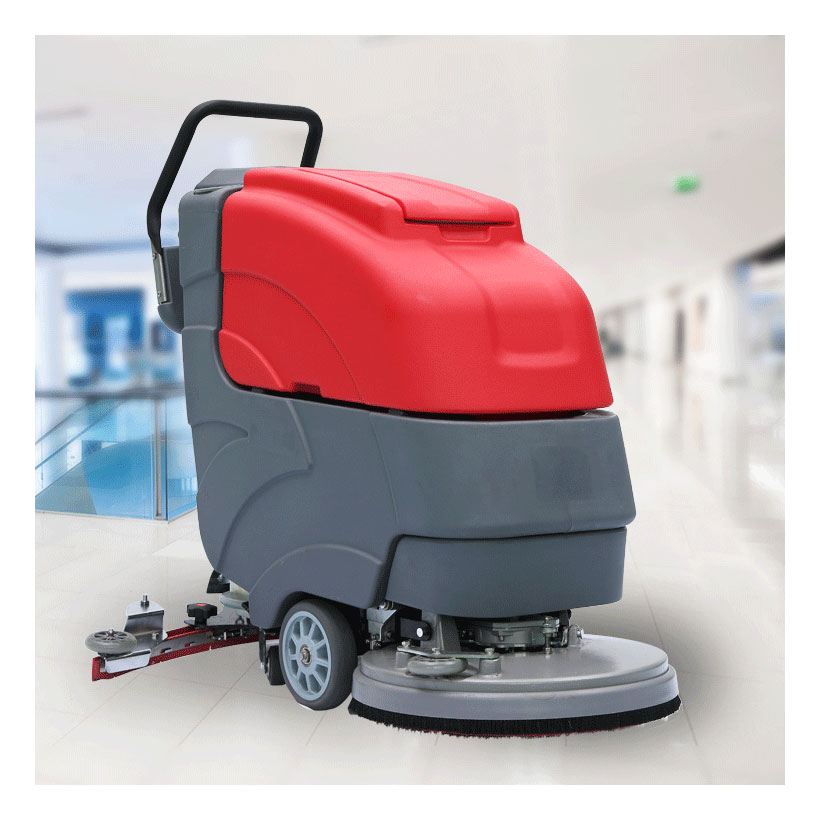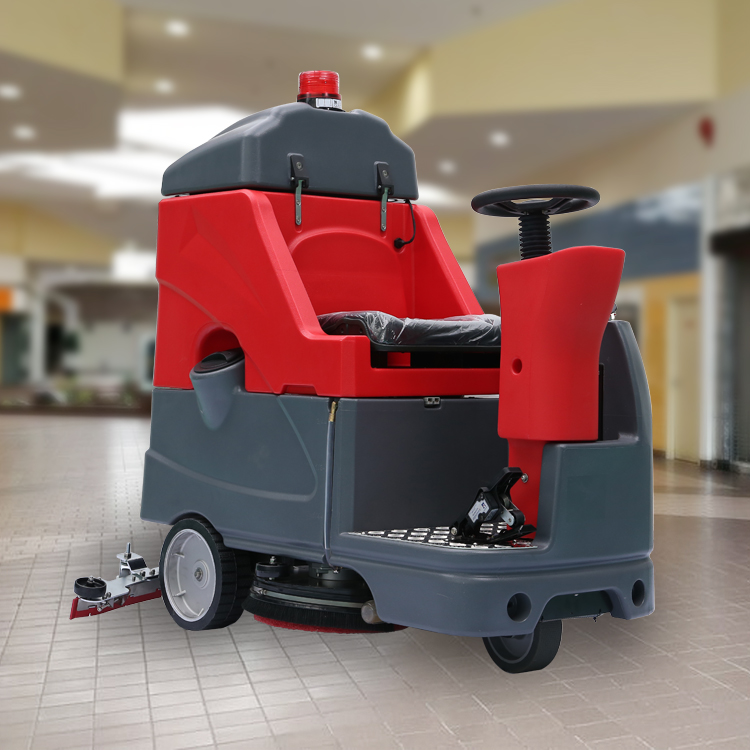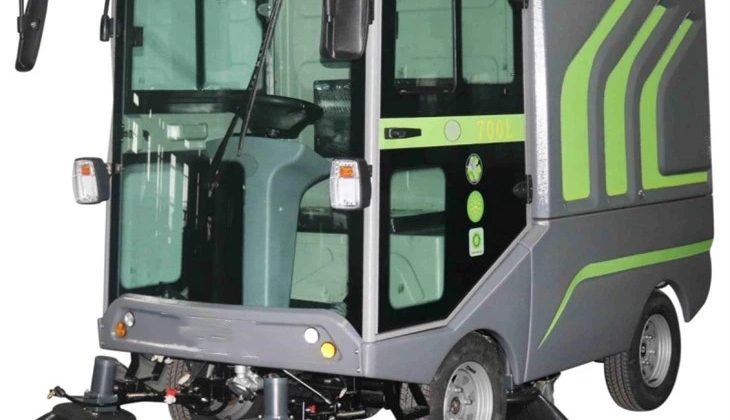
Hey there! So, last week my buddy Dave texted me freaking out because his warehouse floor scrubber died mid-shift. Turns out, he’d been using it daily for 8 months without even checking the brushes. The motor overheated, and now he’s stuck mopping 10,000 sq ft by hand. Ouch. Let’s talk about why floor scrubbers maintenance isn’t just some boring chore—it’s your secret weapon for saving time, money, and your sanity.
First off, let’s get real about those brushes. I’ve seen people treat ’em like invincible superheroes when they’re more like overworked interns. After every shift, pull out any debris (looking at you, random screws and hair ties). Twice a month, soak them in warm water mixed with a *teaspoon* of citric acid—it dissolves mineral buildup better than harsh chemicals. Oh, and rotate brush positions weekly! Uneven wear turns your scrubbr into a wobbly mess that leaves streaks.
Water tanks are drama queens. Empty them ASAP after use unless you want swamp vibes. Pro tip: Run a vinegar solution through the system monthly to nuke mildew. Found this out the hard way when my gym’s scrubber started smelling like a wet dog convention.
Batteries? They’re the divas of floor scrubbers maintenance. Never let them fully drain—it’s like forgetting to feed a tamagotchi. Keep terminals clean with a baking soda paste if you spot corrosion. And hey, if your machine’s acting sluggish, check the wheels! Grease the axles quarterly with lithium grease (not WD-40—that stuff evaporates faster than my motivation on Fridays).
Random thought: Why do maintenance manuals read like tax forms? Here’s the no-BS version of a weekly checklist:
– Scrape dried gunk off squeegees with a plastic knife (metal scratches)
– Test the solution flow rate—clogged filters make it dribble like a sad fountain
– Inspect hoses for kinks that’ll burst during your busiest shift
Fun story—my cousin ignored her scrubber’s weird humming noise for weeks. $300 later, the repair tech pulled out a LEGO brick wedged in the gearbox. Moral? Listen to your equipment. That occasional clunk isn’t “character”; it’s a cry for help.
Seal the deal with manufacturer-approved parts. Generic replacement pads might save $15 now but could sand your floors into oblivion. And when winter hits, add antifreeze to the tanks if storing in unheated areas—frozen pipes aren’t a vibe.

Bottom line? Treat your floor scrubber like a work buddy. Quick daily check-ins prevent meltdowns, and deep cleans keep relationships smooth. Now if only dating apps came with this kinda maintenance manual…

Oh! Almost forgot—replace the solution filter every 60 operating hours. Mark your calendar, set phone reminders, tattoo it on your arm—whatever works. Clogged filters make your machine work triple-time, and nobody wants that energy bill.
Final pro move: Keep a logbook. Jot down every scrub, rinse, and part swap. When something breaks, you’ll spot patterns faster than a Netflix algorithm. Plus, it’s weirdly satisfying to look back on a year of flawless floors.
There you go—no tech jargon, just real talk from someone who’s mopped up enough mistakes to write a memoir. Stay ahead of the grime, and your scrubber’ll love you back. Now go forth and conquer those floors!

